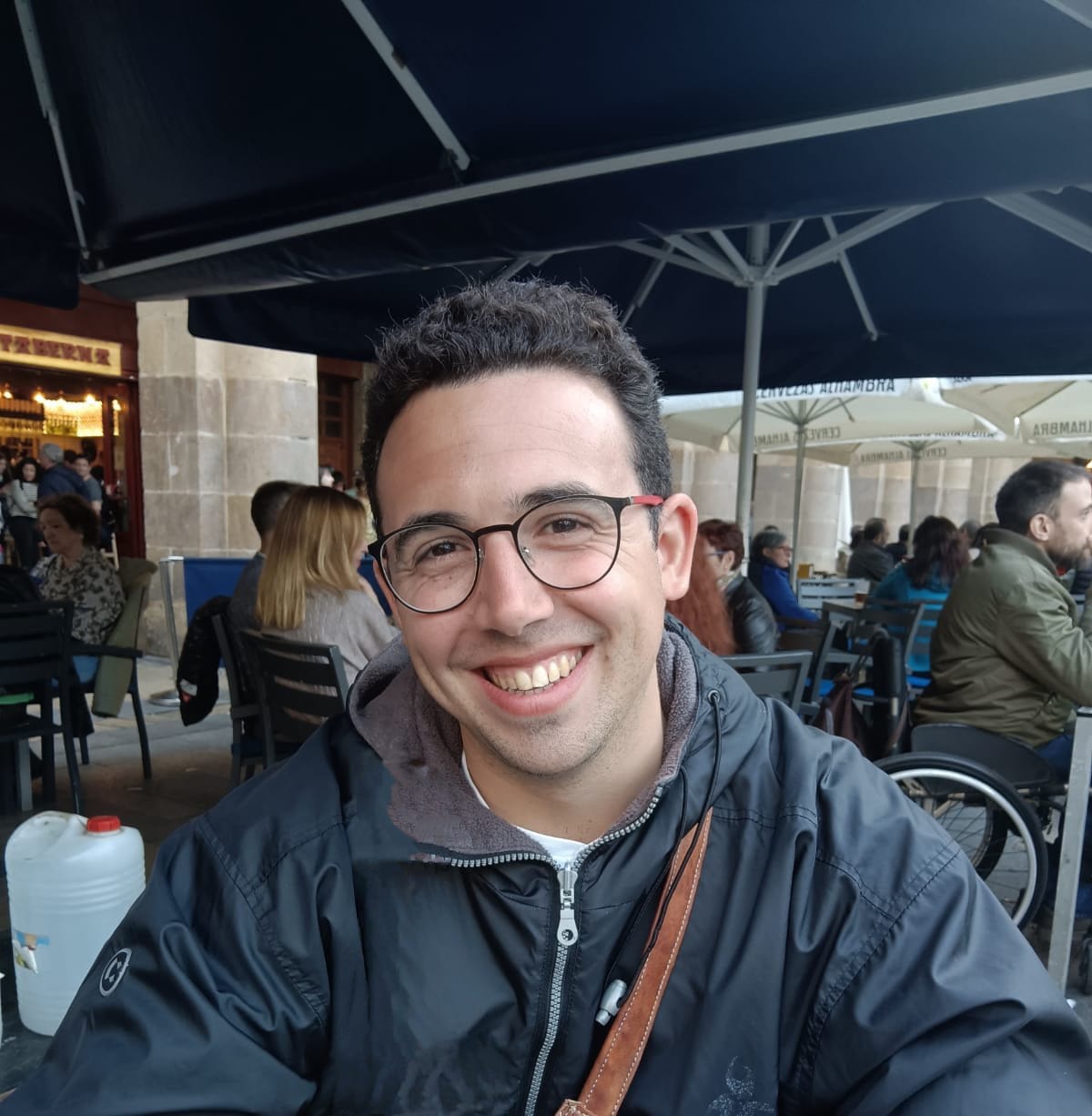
Hello I'm
José
Welcome to my personal place. I hold a Ph.D. in Mathematics with a specialization in general homogeneous spaces, which involves a Lie group acting transitively on a manifold, under the supervision of M. Castrillón López at University Complutense of Madrid. In my published papers, I have explored transitive actions in various contexts, utilizing a range of techniques.
Additionally, I have had the opportunity to undertake two research stays, one in Santiago de Compostela (Spain) and another in Marburg (Germany). During these stays, I collaborated with professors such as J.C. Díaz-Ramos and I. Agricola, whose contributions to our research area are invaluable. I was privileged to work alongside their outstanding research groups.
Currently, I am engaged in a postdoctoral research position at the Simion Stoilow Institute of Mathematics of the Romanian Academy in Bucharest. Here, I continue my work in homogeneous spaces and collaborate closely with professors S. Moroianu and A. Moroianu. I am eager to explore new avenues of research and foster potential collaborations in the future.